Biochemical Defense Mechanism in Plants:
The presence of chemicals in the host before infection or their secretion in the host after infection by the pathogen is called biochemical defense mechanisms.
(1) Release of Inhibitors by the Plants: There are two varieties of onion, the red scale containing variety and the white scale containing variety. The red scale variety is resistant to Colletotrichum circinans as compared to the white scale variety. This is due to the presence of two phenolic compounds (catechol and protocatechuic acid) in the red scale variety, but not in the white scale variety. The roots of a resistant variety of flax secrete a glucoside which is hydrolysed into hydrocyanic acid in the soil. Hydrocyanic acid inhibits soil microflora. But it is less toxic to the fungus Trichoderma viride. Therefore, T. viride is present around roots of a resistant variety of flax and prevents the wilt disease caused by Fusarium oxysporum f. sp. lini.
(2) Presence of Inhibitory Compounds in the Plant Cell: There are many chemical compounds which are present in plant cells before infection. Glucoside phloridzin is found in leaves of resistant and susceptible varieties of apple. After infection by the pathogen, the leaf cells around the infection point collapse and die. Consequently, phloridzin is hydrolysed by β-glucosidase into phloretin and glucose. Further, phloretin is oxidized by phenoloxidase into a highly toxic compound. But in susceptible variety phloridzin is not hydrolysed.
A high concentration of chlorogenic acid is produced in potato tubers suffering from scab disease caused by Streptomyces scabies and against Verticillium wilt pathogen.
Phenolic compounds, their oxidation products and polyphenol oxidase activity are associated with host resistance. Certain aromatic compounds (such as polyphenol, phenolic compounds, flavonoids, anthocyanins and coumarin derivatives) accumulate around the infected plant tissue. These chemicals cause fungitoxic effect.
(3) Effect of Osmotic Pressure and Permeability: The fungal cells parasitizing the host have higher osmotic pressure than the neighbouring host cells. This adaptation helps fungi for absorption of water and nutrients from host plants. Changes in osmotic pressure and permeability in host tissue lead to resistance.
(4) Phytoalexins: For the first time, in 1940 Muller and Boerger used the term phytoalexins to describe the chemical substances inhibiting fungal development formed after the fungal invasion. Phytoalexins can be described as antibodies which are produced from metabolic interactions or the host and parasite and which are inhibitory to microorganisms, insects or nematodes which attack plants. Defense reaction through phytoalexins is confined to the host tissue colonized by the fungus and its immediate neighbouring cells.
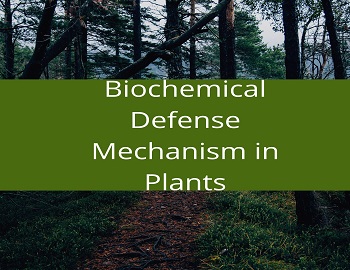
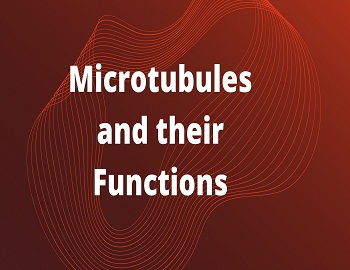
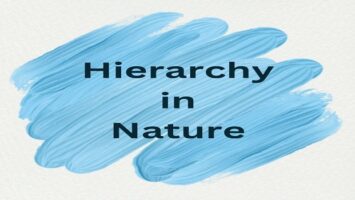

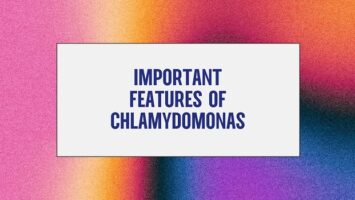


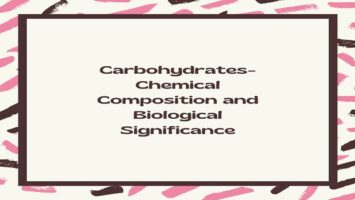

Comments (No)